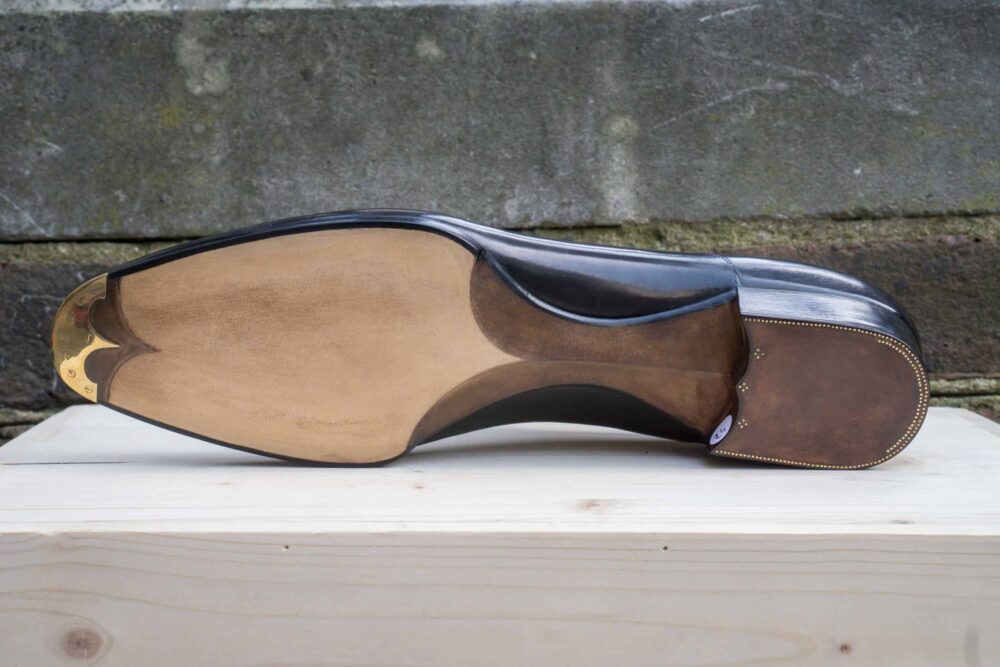
It would appear that sole decoration is the new one-up tactic by shoemakers these days. The reality is that when you are at the top of the game it is very hard to differentiate skill sets in the upper making. You have the pattern, last shape, closing, and finishing but within the realm of great shoemakers noticing the fine details gets harder to differentiate for the untrained eye. The sole, however, is where you can let your creativity run wild without reinventing the wheel of the dress shoe. Even non-shoe people can see that. And so it has become the new race to the top to create a new, unique way to finish the sole.
This trend is quite new, to be honest. At least to the degree of where it is today with what feels like new sole finishing coming regularly from the rise of various shoemakers across the world. These shoemakers usually tend to be small (in output size) and often create more handwork style footwear than production style. This makes sense as finishing the sole in nearly any degree of intricate creativity requires handwork which is simply not conducive to a production-style collection that hopes to keep the costs relatively controlled. Fancy sole finishing doesn’t allow that.
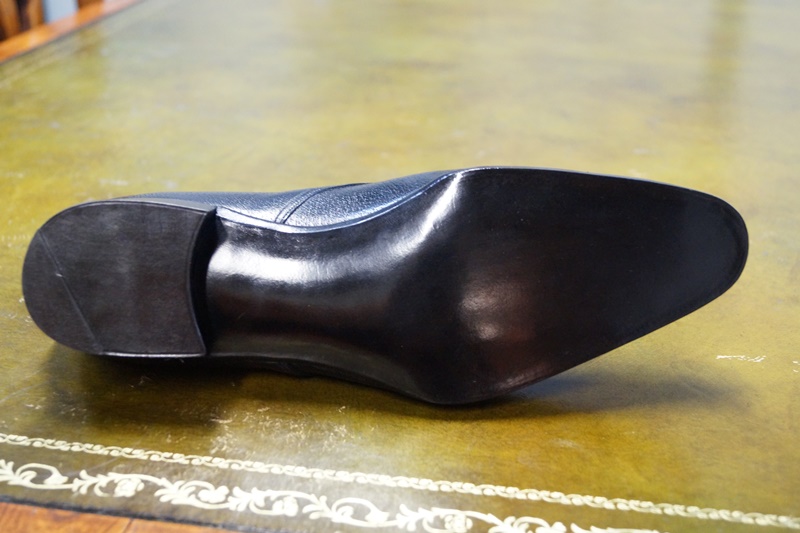
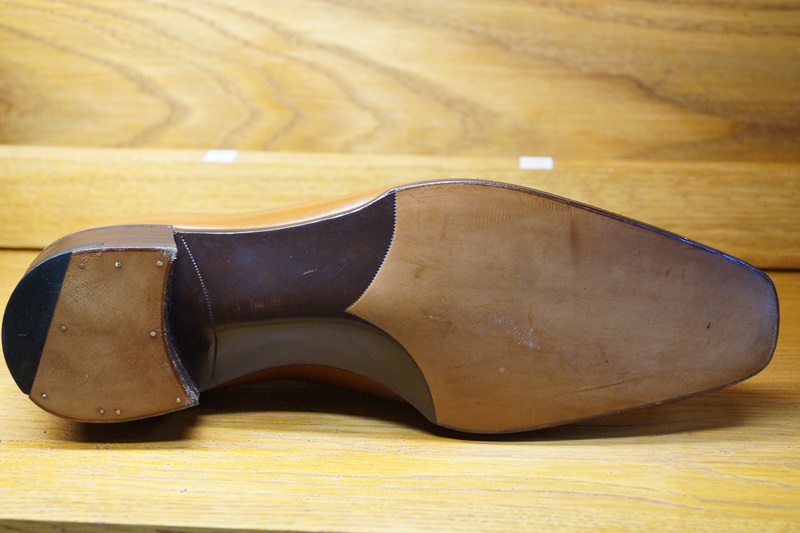
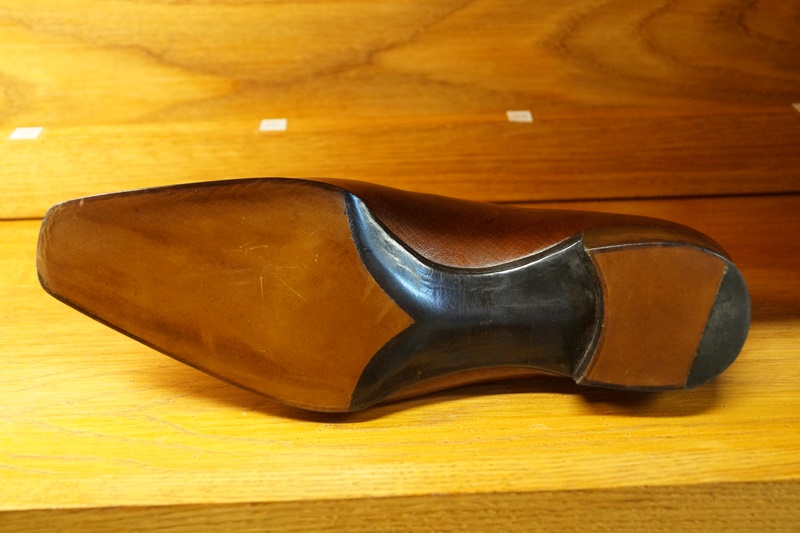
The Beginning
The question is, where did it begin? That will be hard to pinpoint but I can discuss where I felt the trend start to popularize. And again, sole finishing comes in various parts. There is the forefoot, the waist, and the heel. At least, as far as my shoe history goes, the real trendsetter of fancifying the waist on a production shoe was pioneered by Gaziano & Girling’s pronounced fiddleback. While bespoke shoemakers had already been offering that look on their shoes, G&G was really among the first to do so on a factory-made shoe.
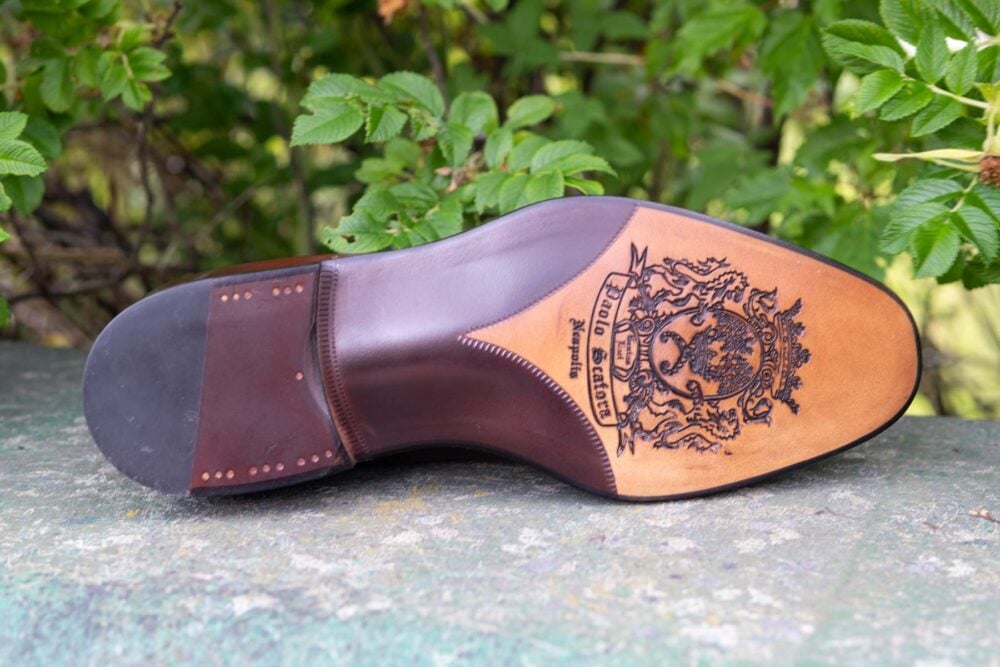
The other factory that comes to mind when thinking of the pioneers of making the sole differently, is Paolo Scafora. They had always had a very commanding oversized logo on the sole, along with the two-tone color to separate the waist from the forefoot. I cannot say when they added the pronounced fiddleback though. I do not feel like it was always there as I have seen their soles without one, especially years ago. After G&G was also Alfred Sargent, who I will mention was making G&G’s first round of production shoes before G&G had a factory. So that knowledge stayed at the Sargent factory.
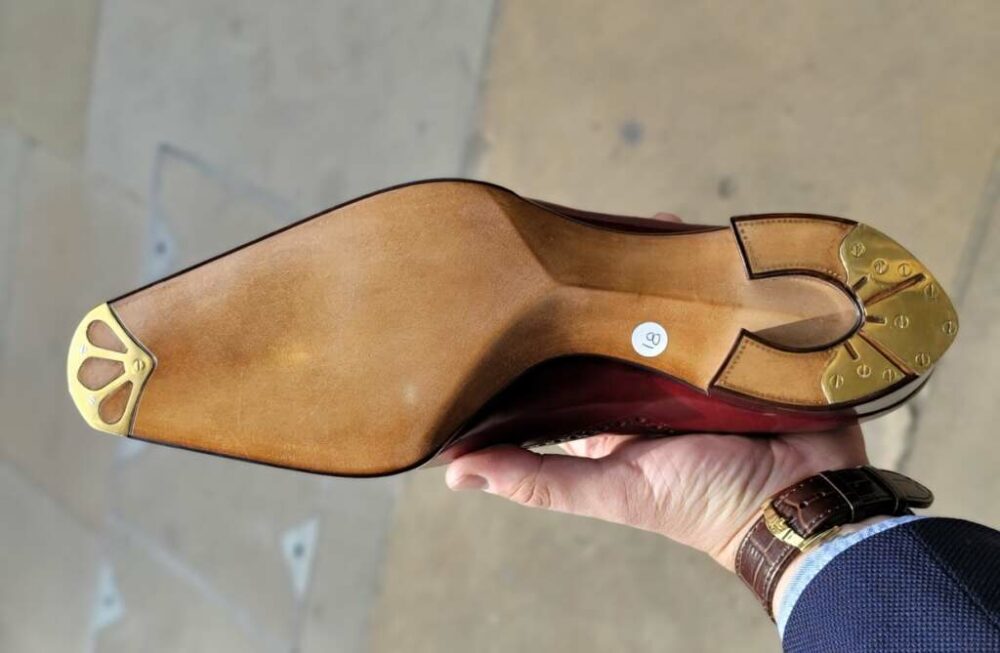

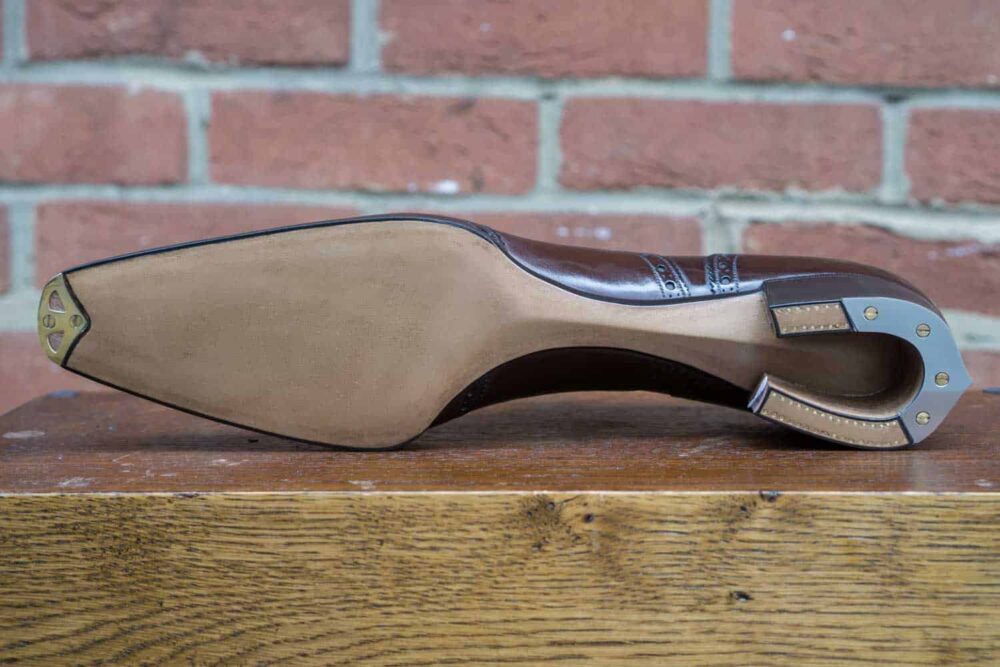
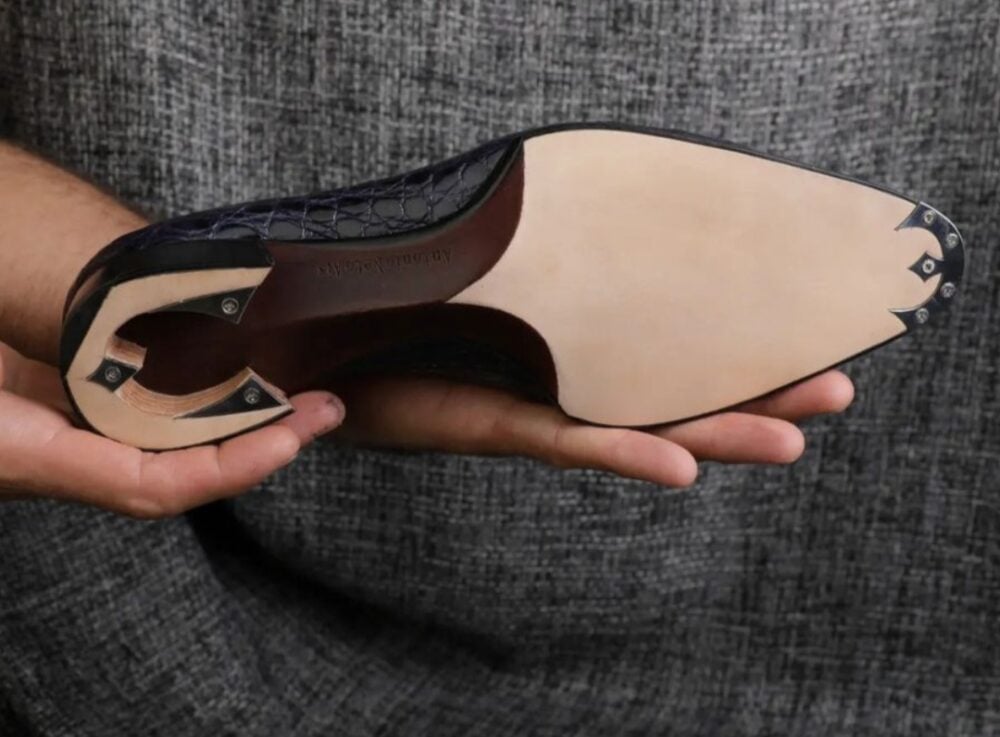
The Rise Of The Trend
It may be a crazy theory but I really feel like the Bespoke Shoemaking Contest that Jesper of Shoegazing and I host at our London Super Trunk Show event has really given rise to testing people’s creativity not only in bespoke shoemaking but also in small-level production. And it really started with Patrick Frei winning the first year with a super narrow waist, a shaped heel, custom toe plates, and fine nail work on the heel. Then Daniel Wegan took part the next year with his ‘horseshoe’ heel that really set the pace for making heels be as different as could be. And it goes without saying that shoemakers like Christophe Corthay have been making unique sole work all along.
This level of competition that we were blasting across the social media sphere, I truly felt gave inspiration to the masses. Seeing that level of craftsmanship year after year gives hope to an up-and-coming shoemaker and shows them what can be achieved when they put their mind to something. And soon enough they try it and it goes well. And that is great progress in the industry and what I believe is happening now.
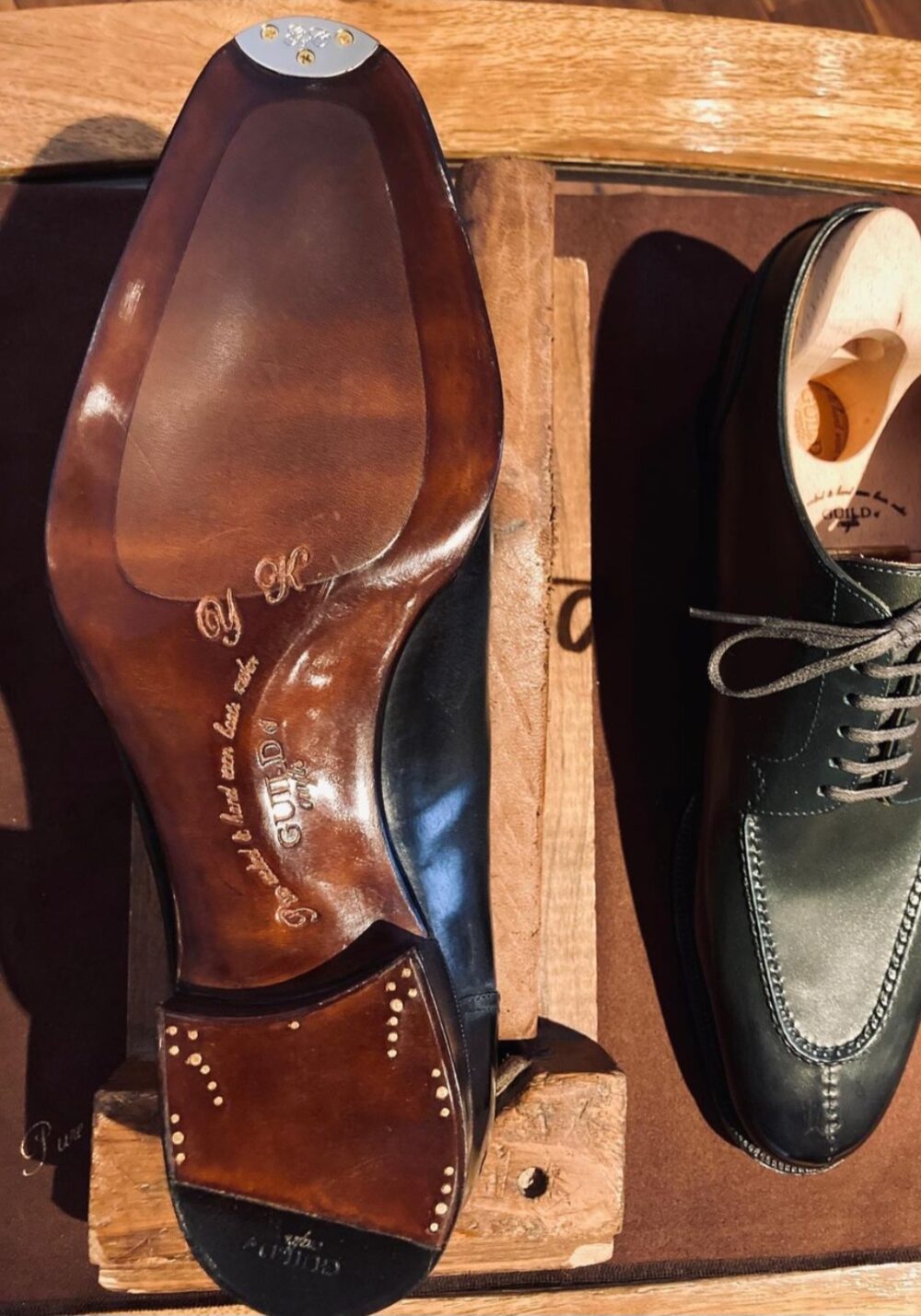
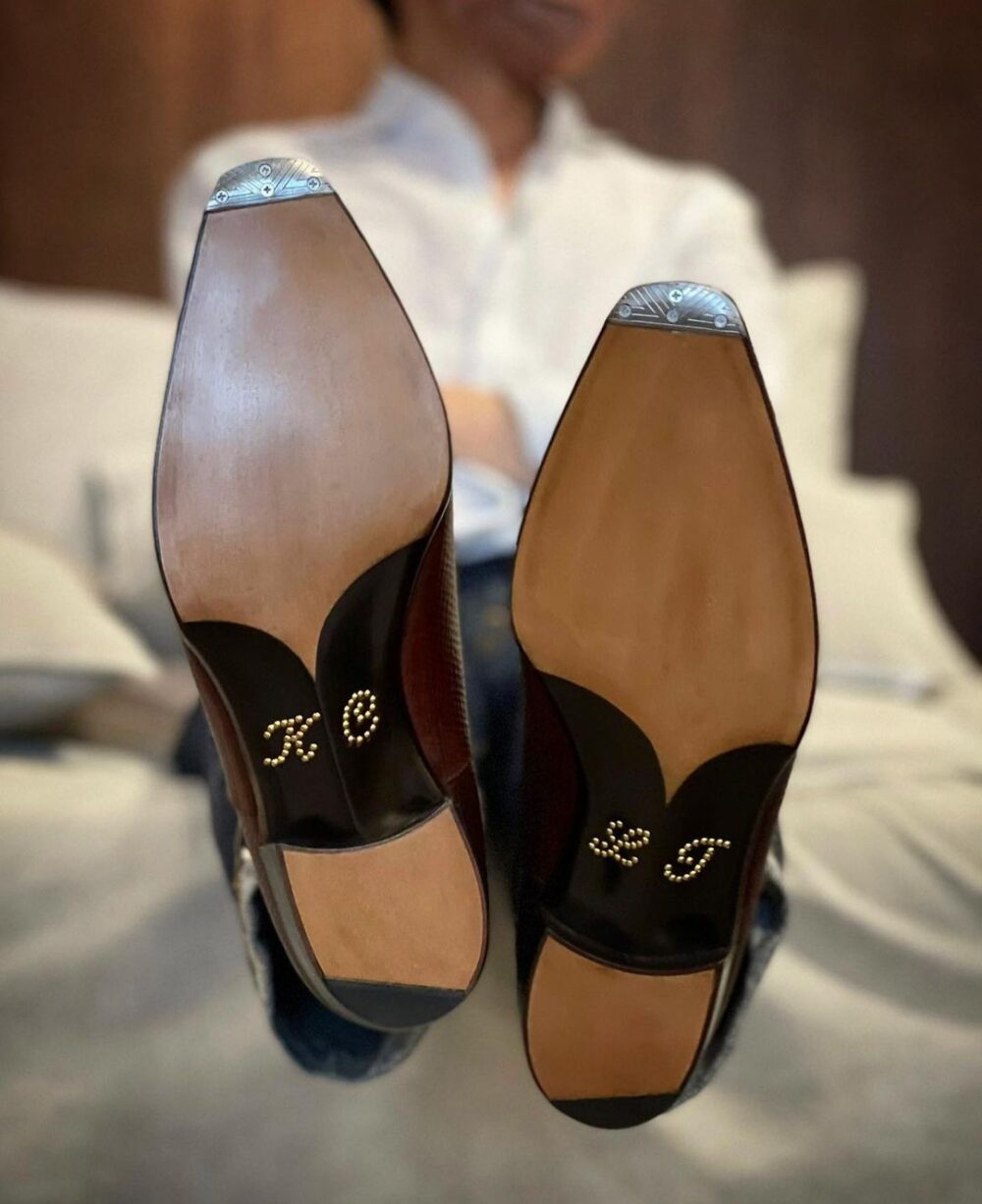
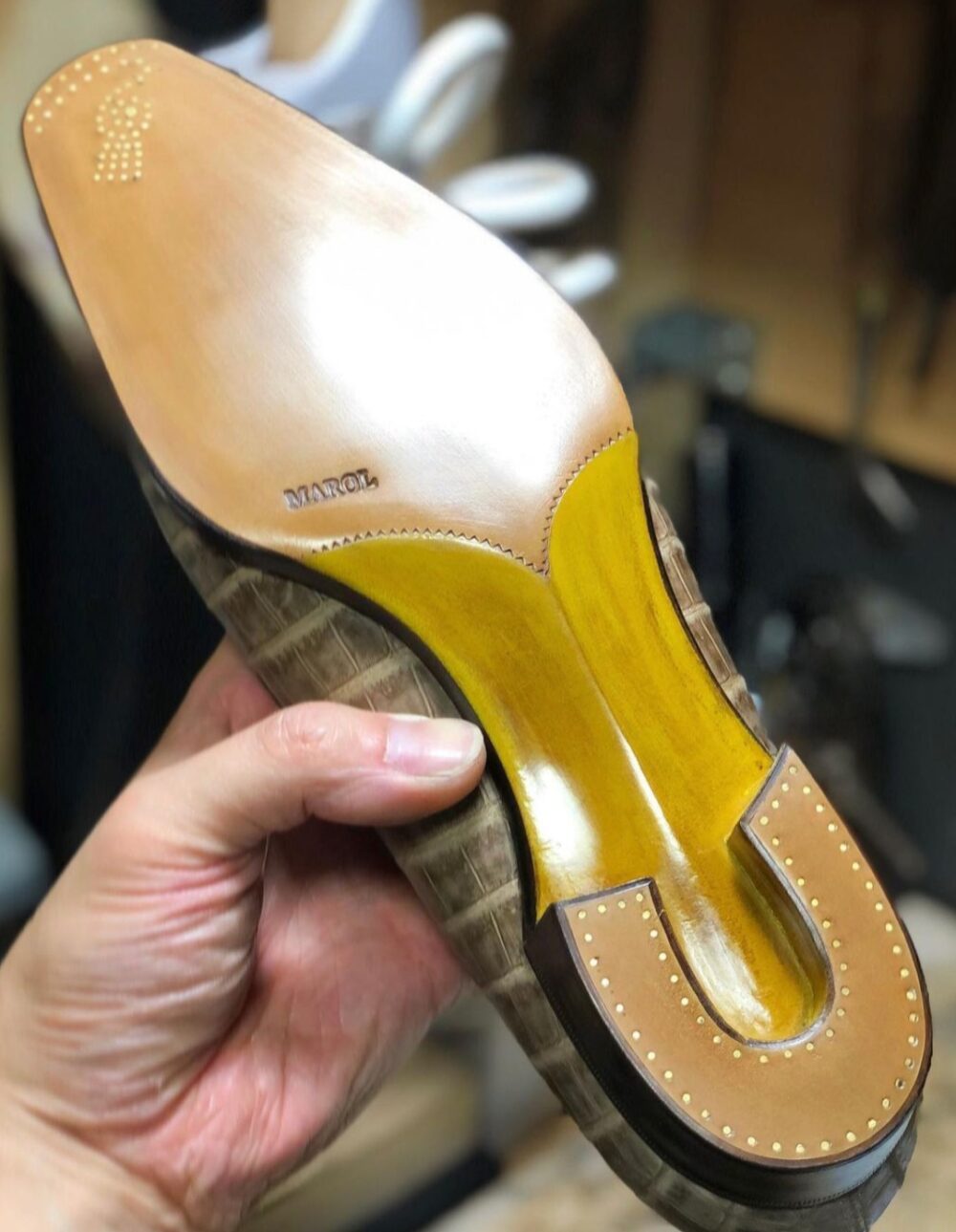
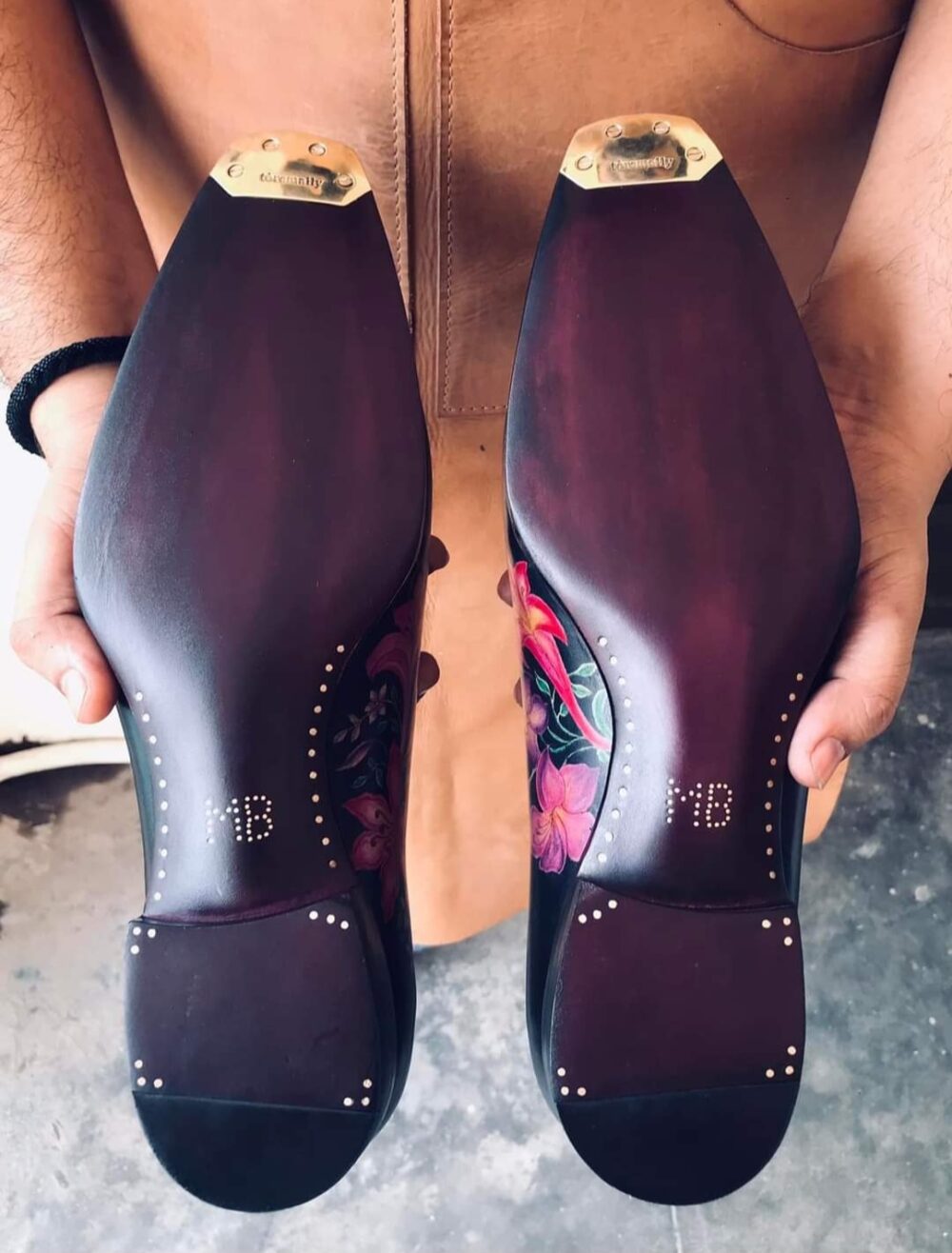
The Future Of Sole Work
It will be interesting to see where this goes. For the most part, the fancy work is done by smaller shoemakers who tend to make pair by pair, but it would be interesting to see more fancy sole work on production shoes. I really love the quilted designs. Those are my favorite. But that is not easy to do and takes some steady handwork. Let’s see who decides to take that project on!
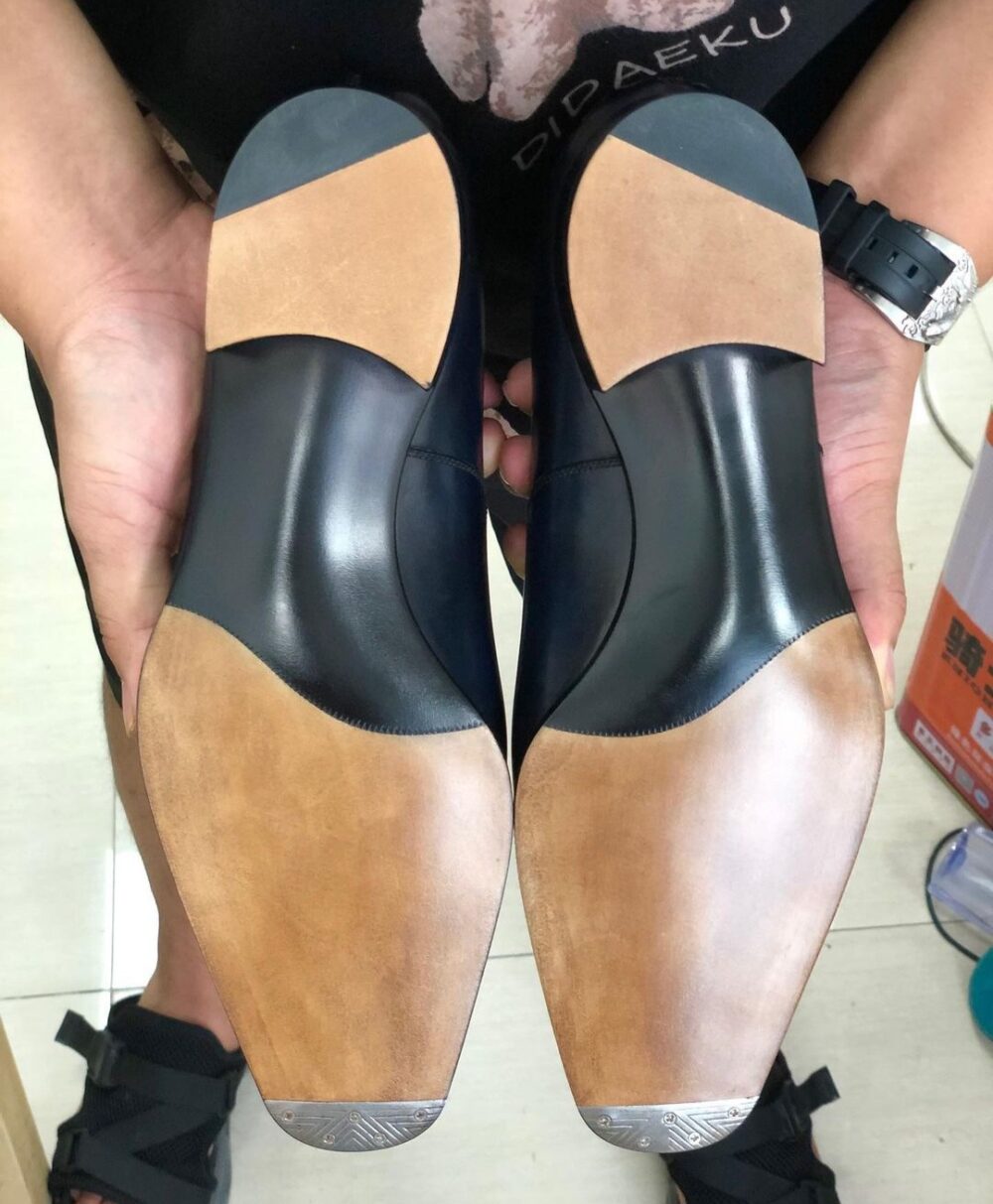
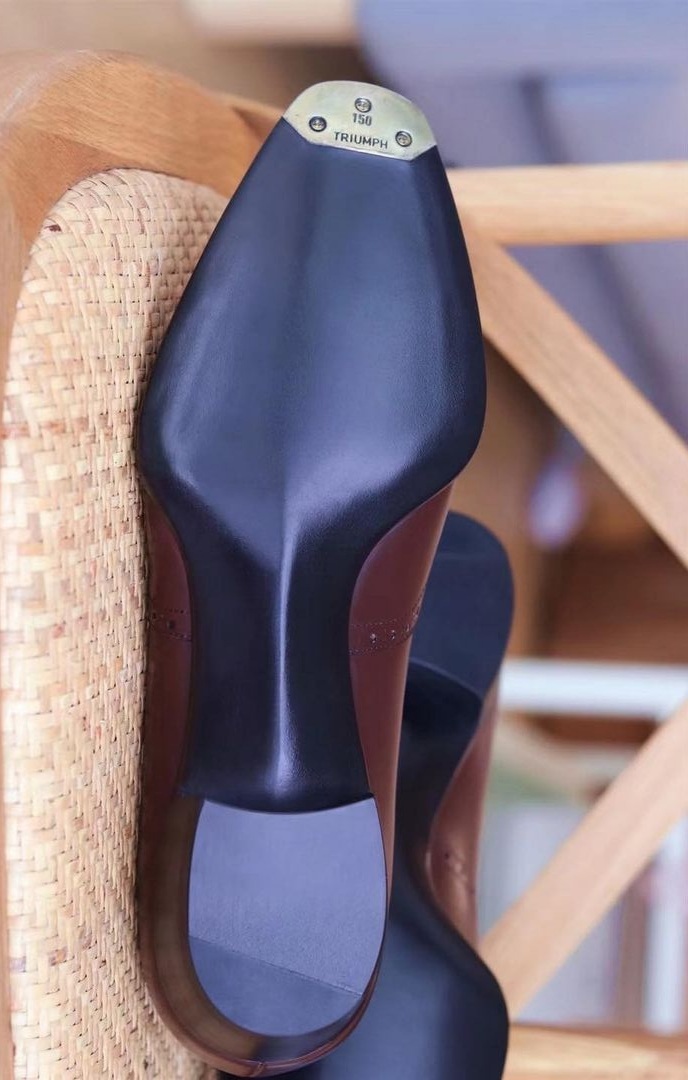
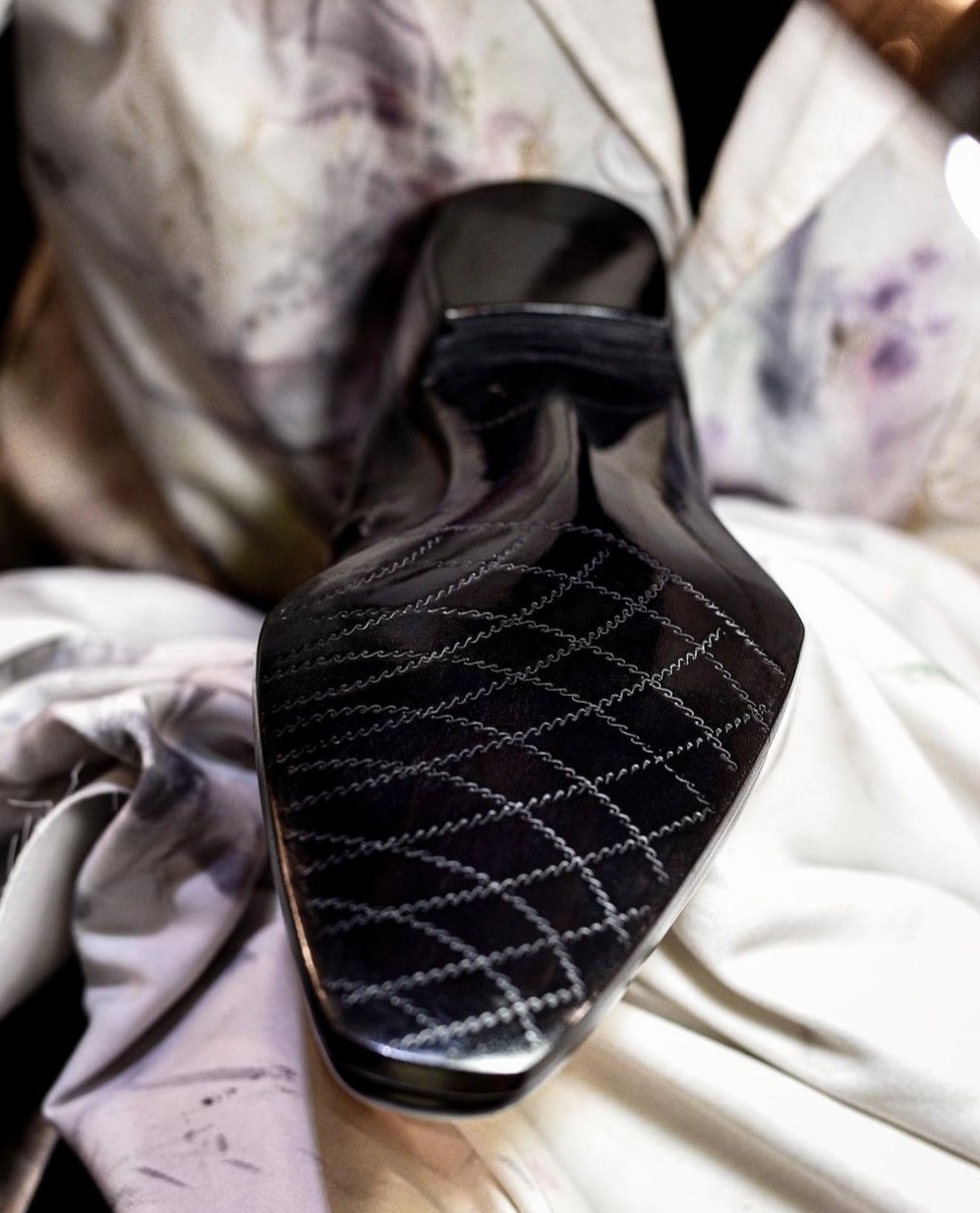
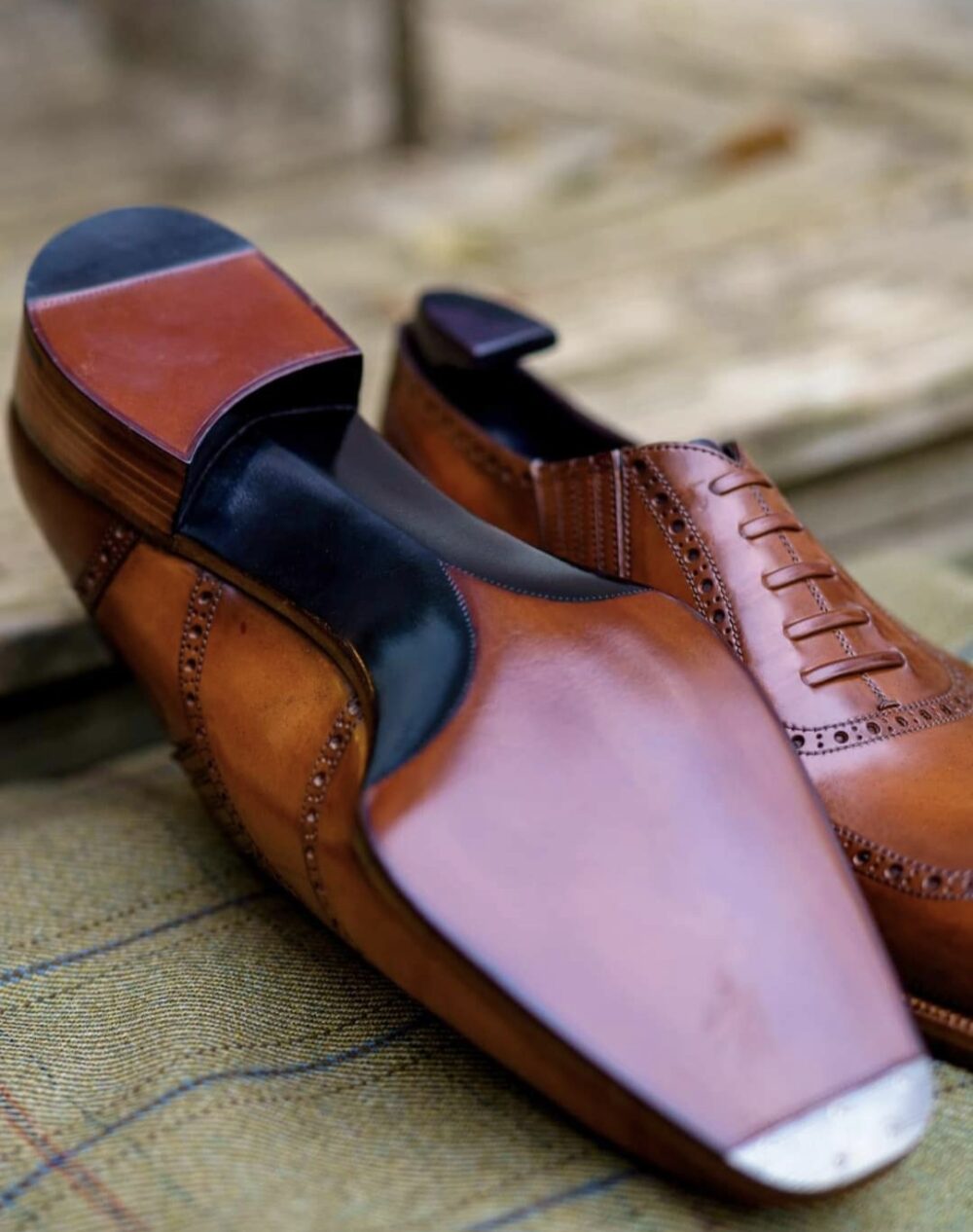

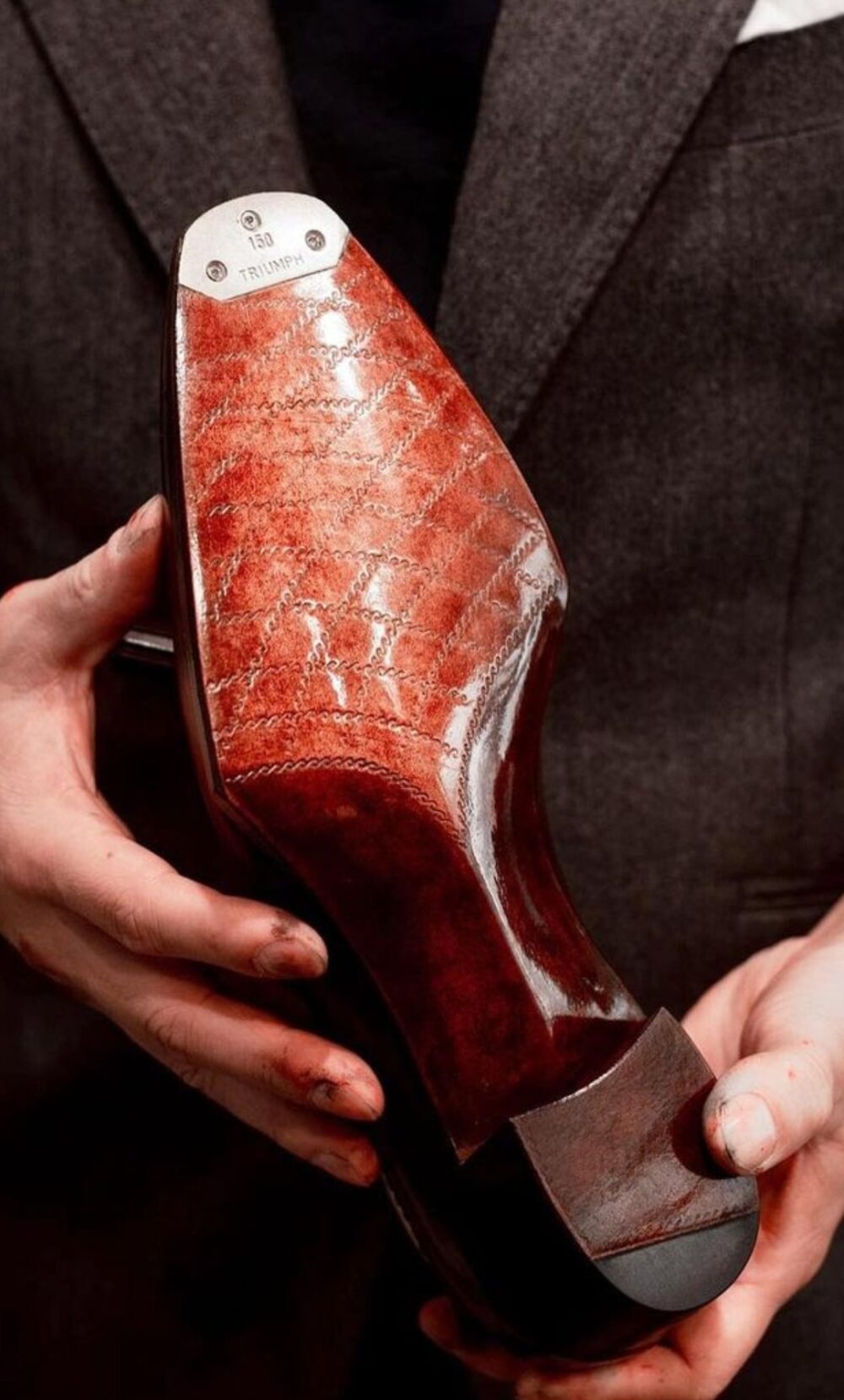
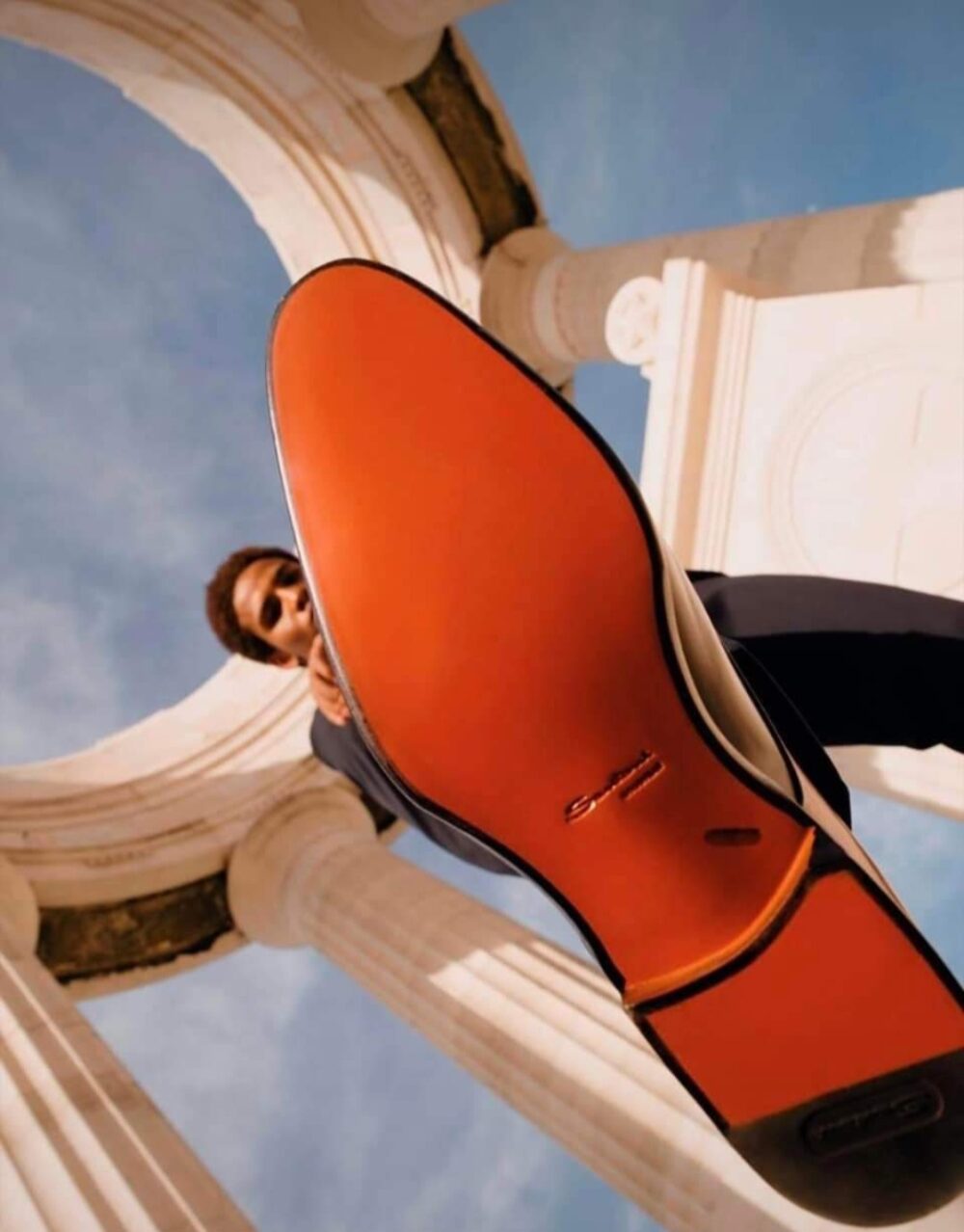
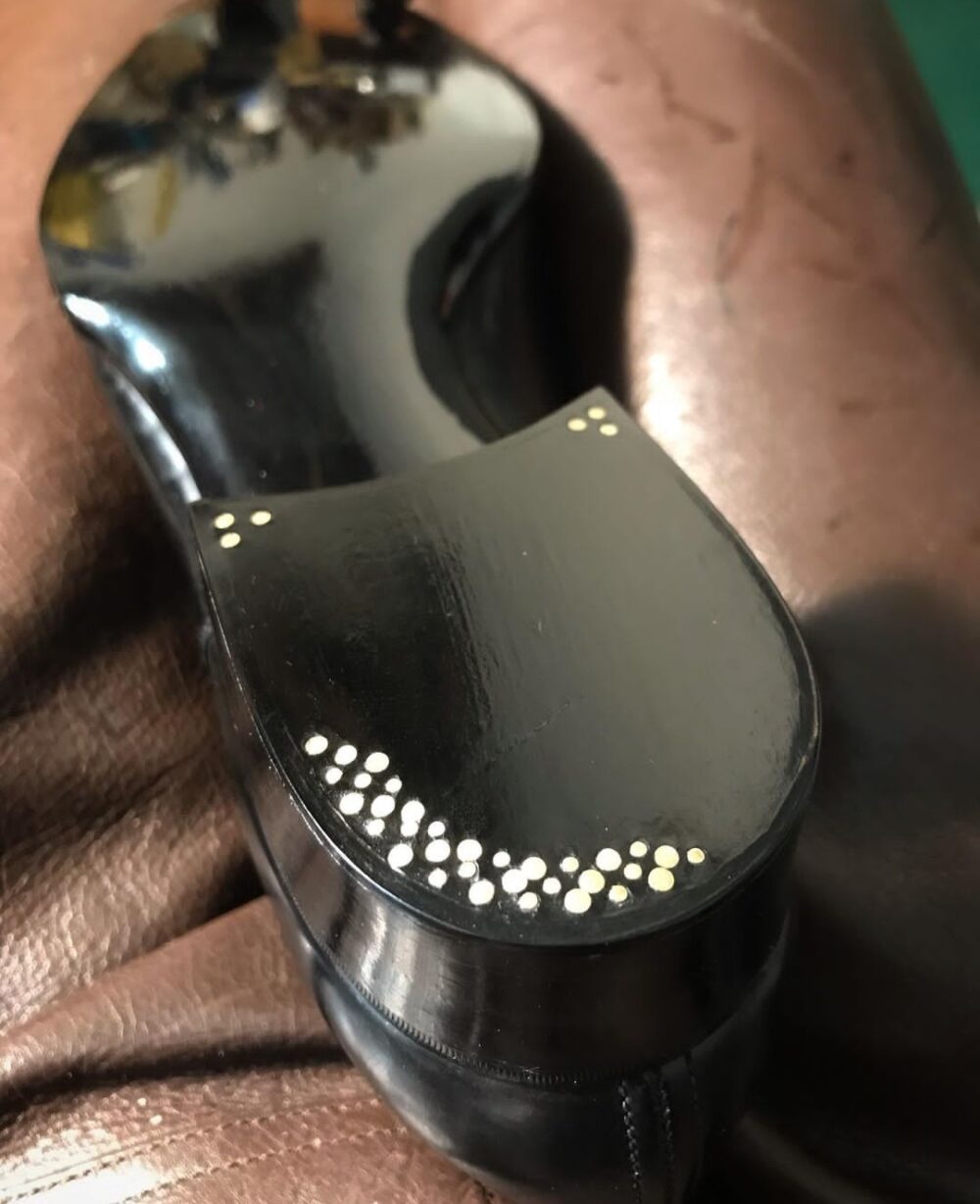
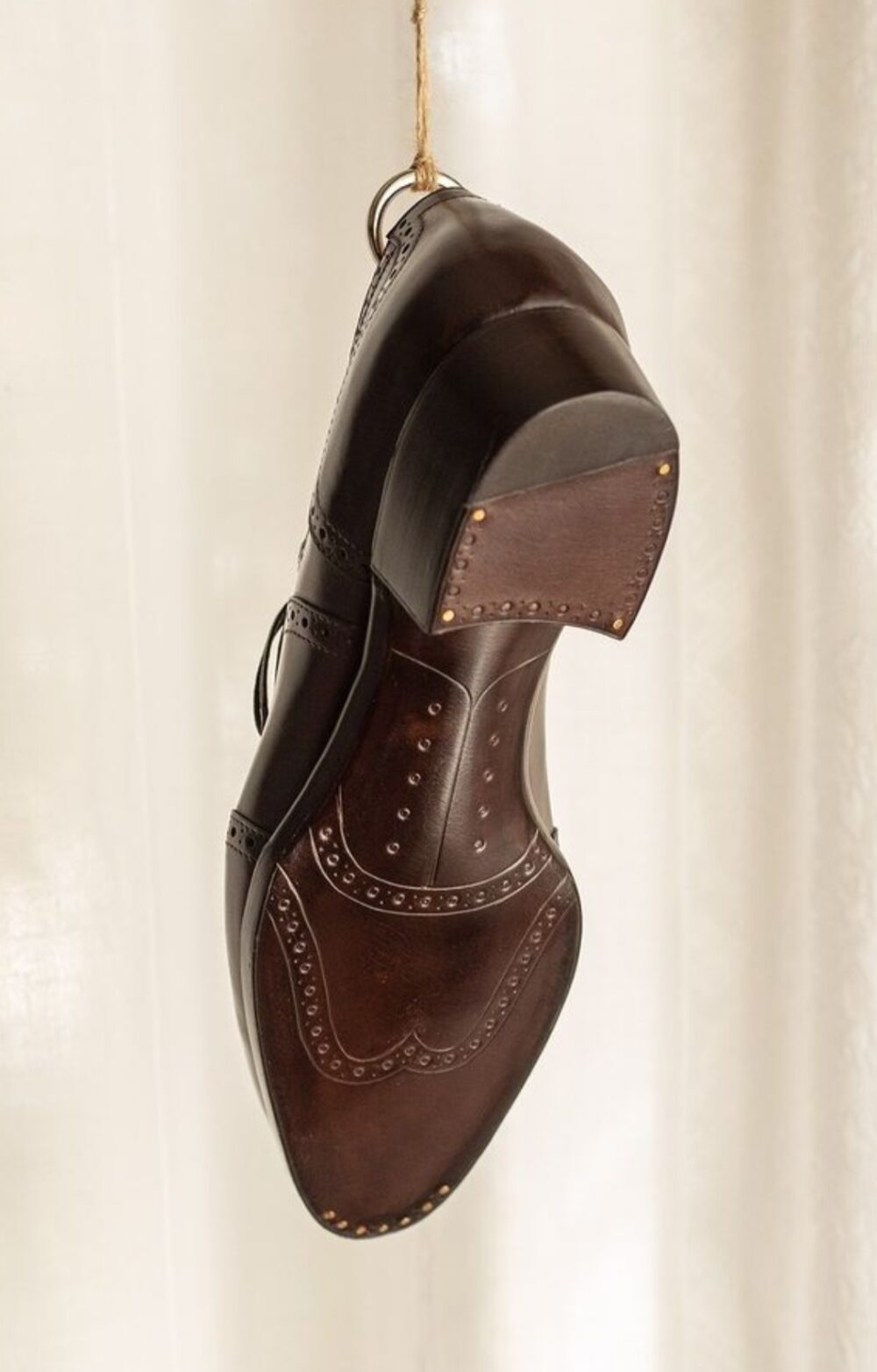
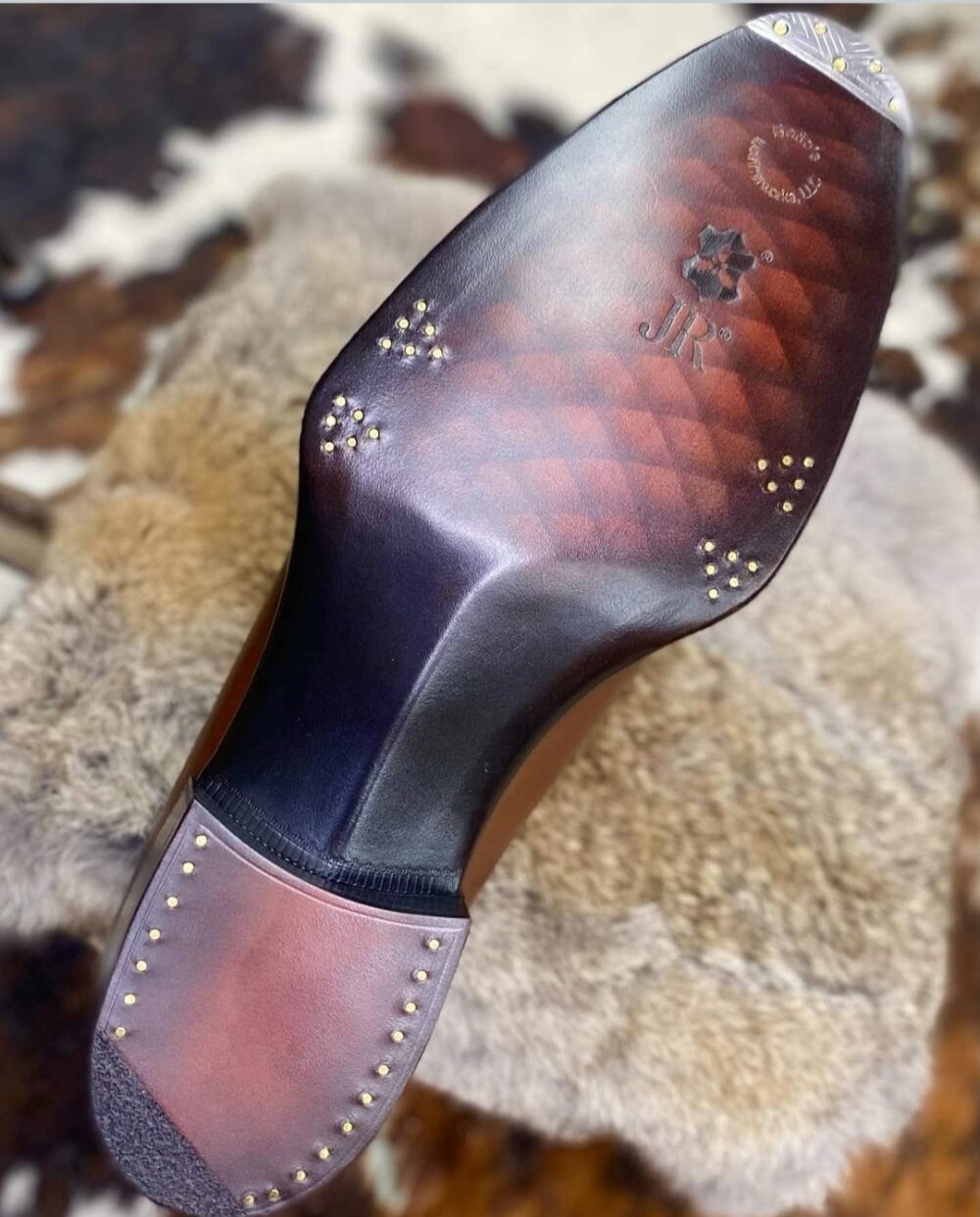
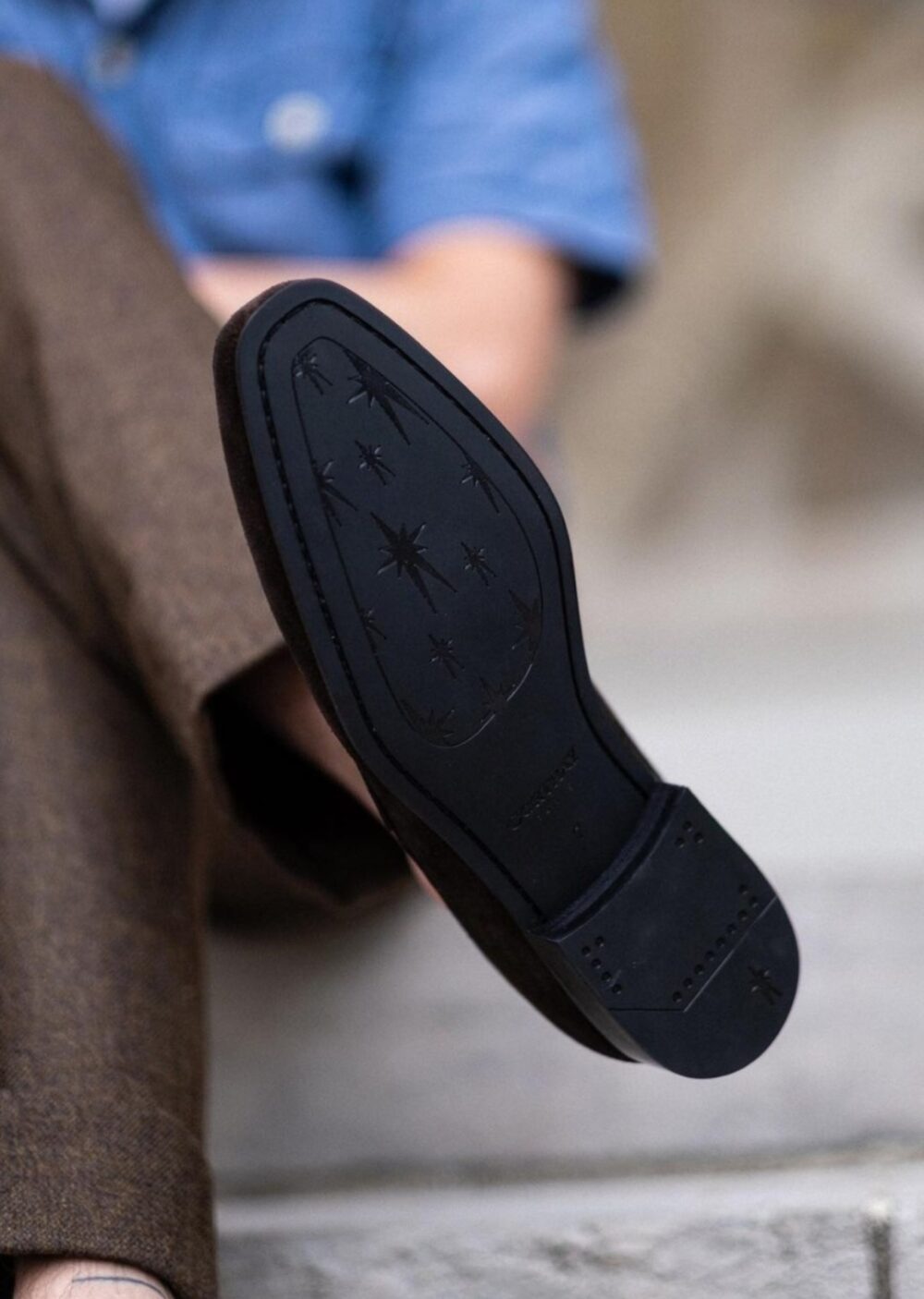
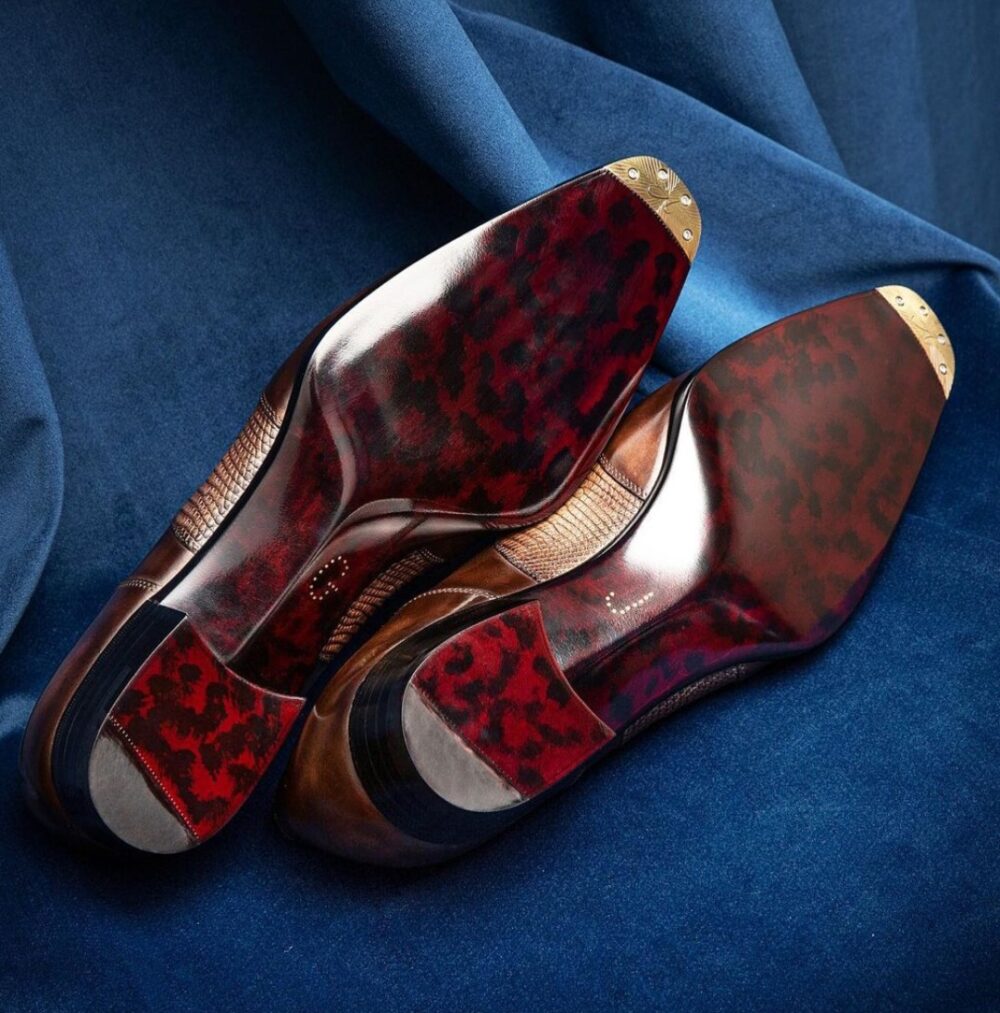
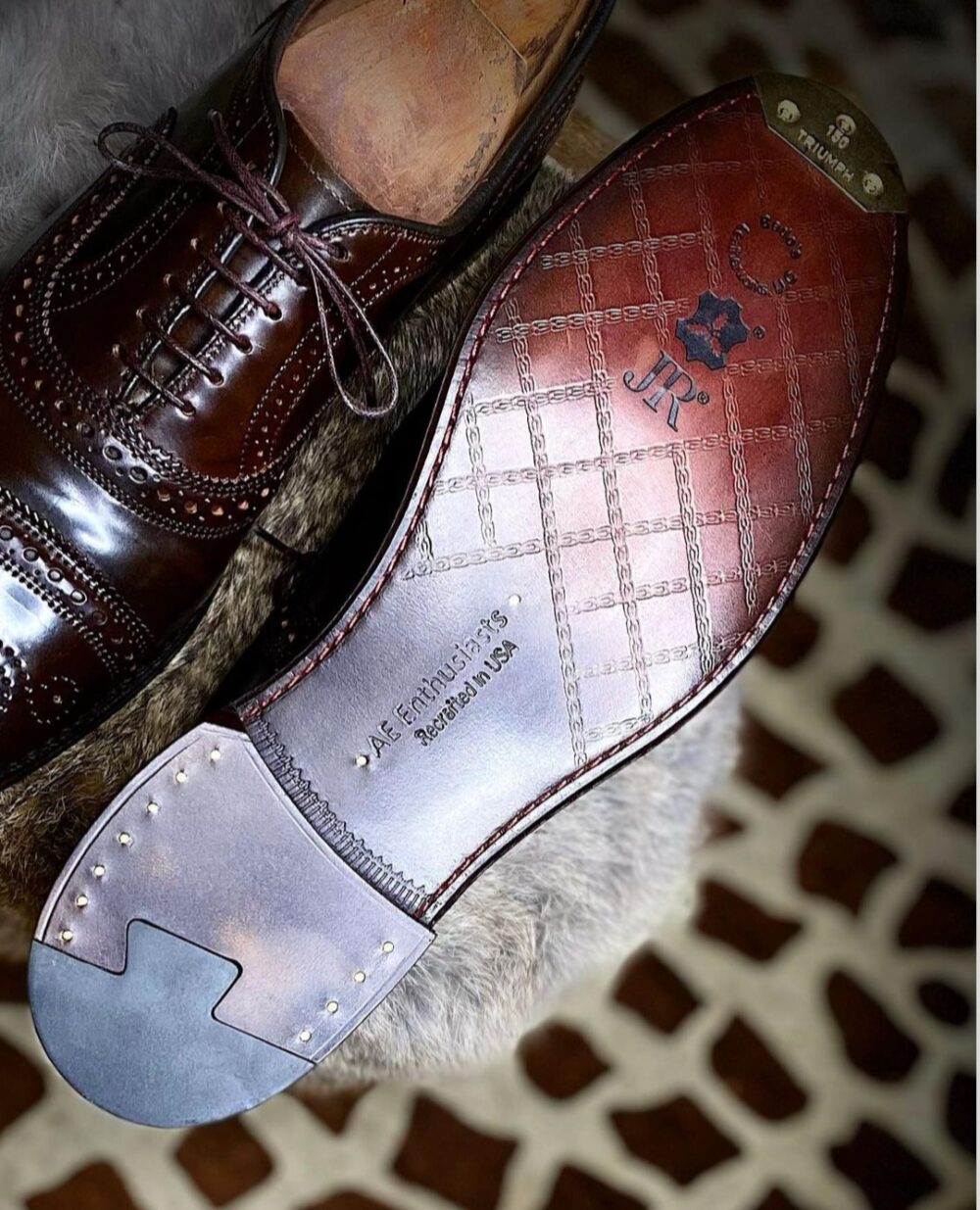





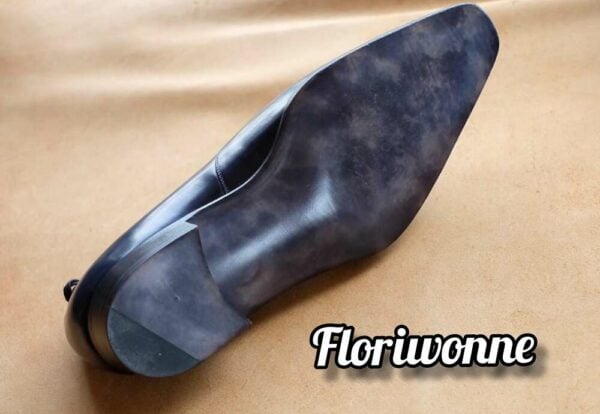
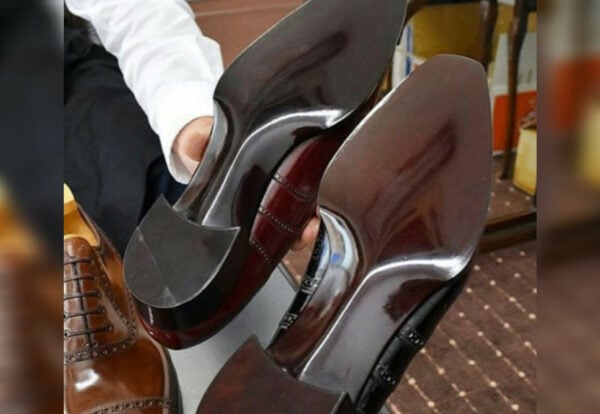
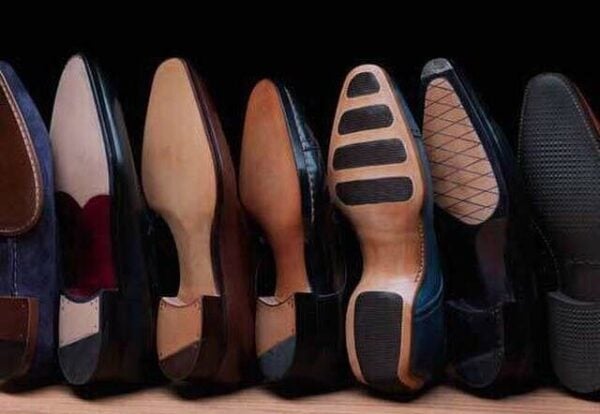
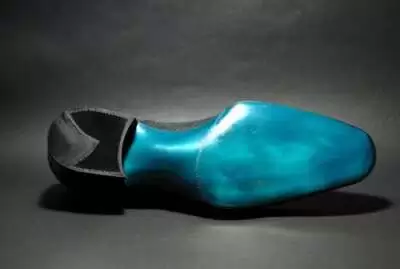
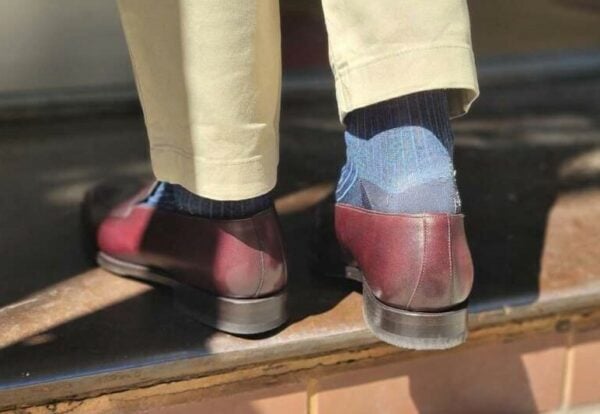
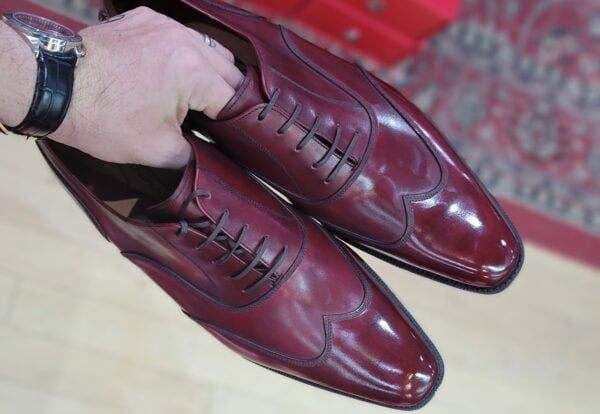
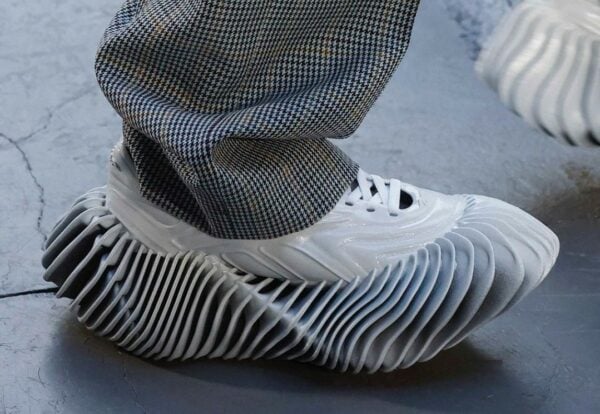
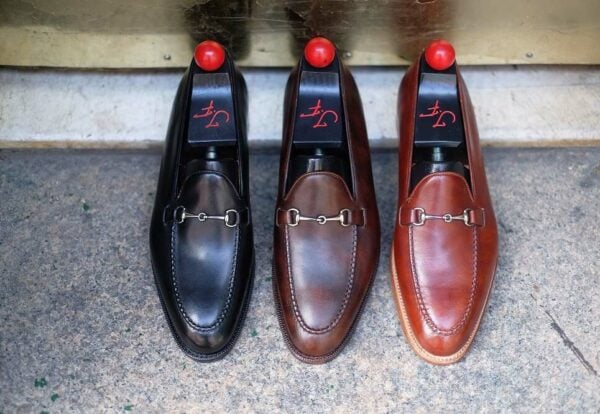
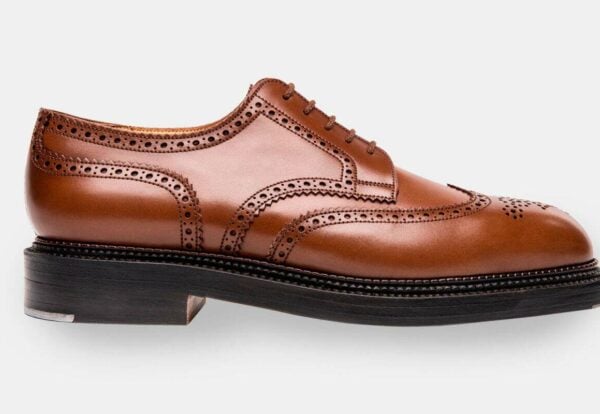
If I were a collector, I would have a pair from any of these shoemakers and have it on display in my living room. I’m sorry but I have to ask, is this a shoe blog site or a shoe porn site?
hahaha 😉
I would like to purchase a couple pair of shoe off this page . Could you give me a turnaround time for delivery . Thanks
Dwayne, this is a blog. It requires reading as the answers are usually there. Each shoemaker is stated in each post. The link to their website is always at the bottom of the post. Sometimes multiple shoemakers are shown in one single post, such as this one. That then requires one reads the captions and google’s the shoemaker to find their website. Best of luck
I love the look of these soles, especially the quilted version. However, won’t these get ruined the moment you walk on concrete? I think they look great but, it seems like a lot of effort to make something so beautiful only to have it destroyed through normal wear.
yup they sure will. But, it is art. It helps to distinguish the maker prior to purchase, a trademark so to speak
The art of sole decoration is actually quite old. If you Google “Crooker’s Bottom Finishing Design Book” you find a digitised version of it. It wa published in 1885.
Thanks Phil. I am sure it goes way back
I’ve noticed this too. How much is functional and how much is ornamental? I’ve heard beveled waists are more supportive, and toe plates can extend the life of a sole.
decoration is nothing more than that. Toe plates are less decorative and more practical/functional to prevent overwear. Decorating the toe plate is simply decoration.